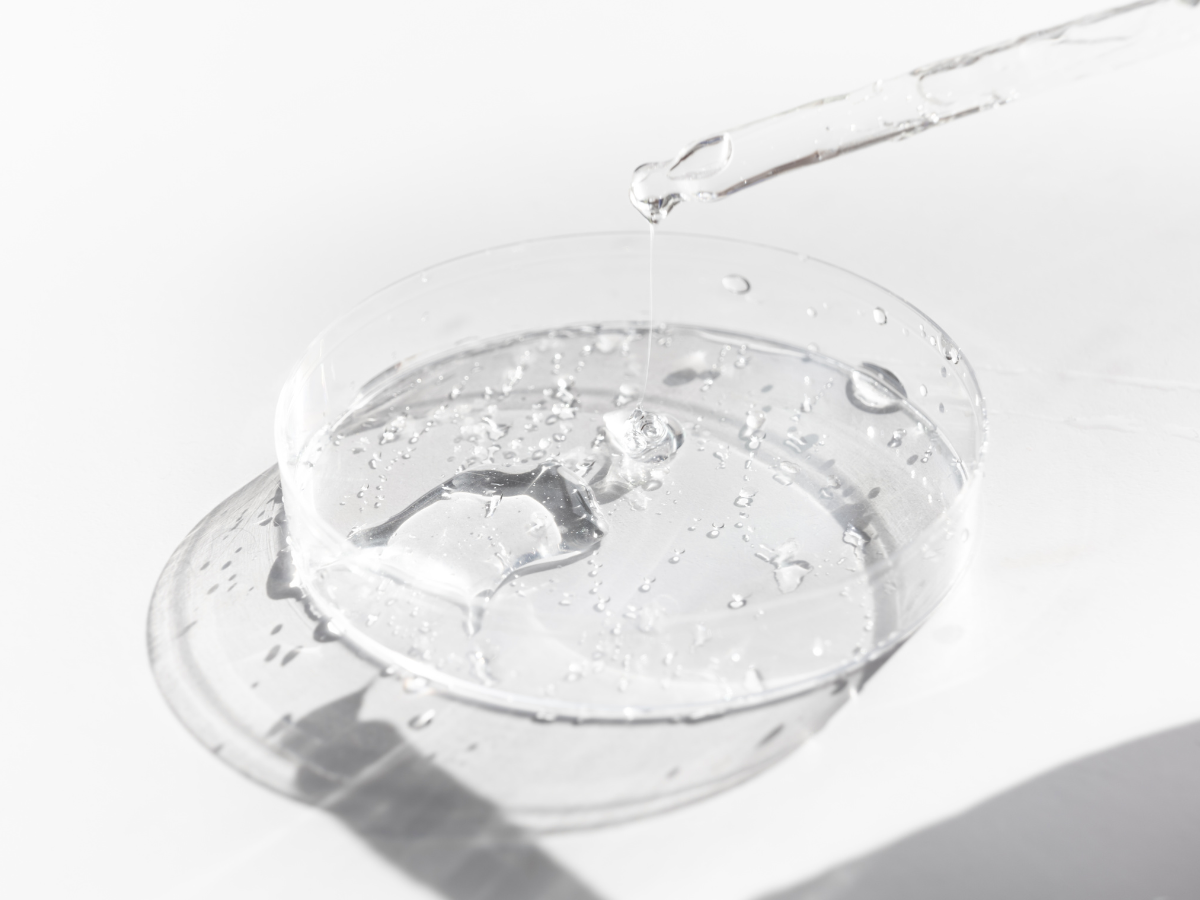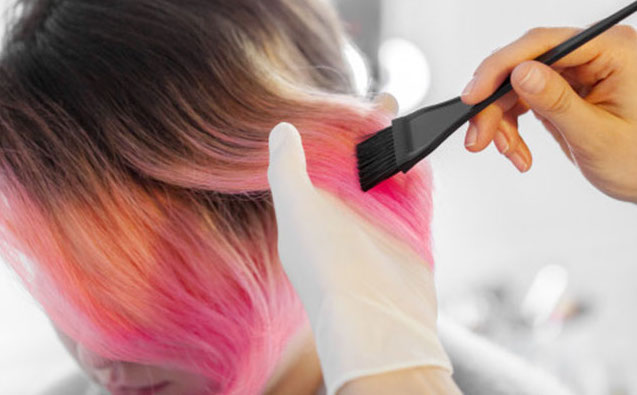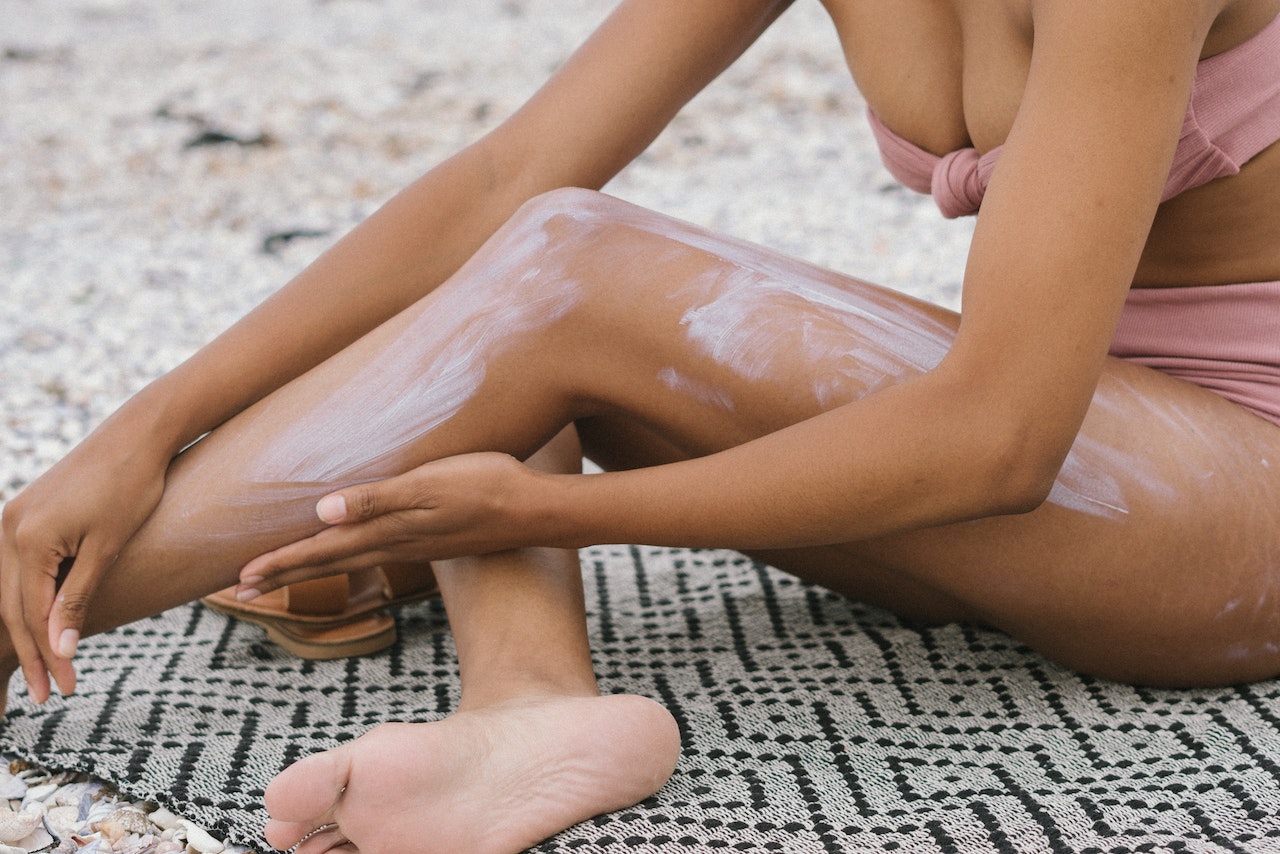ZINC PYRITHIONE AND EXPERT OPINIONS
In the cosmetic industry, zinc and its salts are used in a variety of categories. One of the most widely used zinc salt is Zinc Pyrithione. It is an aromatic zinc compound used as an antidandruff, antiseborrhoeic, hair conditioning agent and preservative in cosmetics and personal care products. This compound has been used for more than 60 years as an anti-dandruff agent at concentration up to 1-2%. See our previous post for more information.
In March 2020, the European Commission’s Scientific Committee on Consumer Safety (SCCS) has published its opinion regarding the safety of Zinc Pyrithione (ZPT) in cosmetic products. The SCCS concluded that ZPT was “safe when used as an anti-dandruff in rinse-off hair products up to a maximum concentration of 1%”. This opinion updated a previous SCCS opinion issued in 2013, that stated that ZPT was safe up to 2% as an antidandruff agent in rinse-off products.
In 2018, ECHA’s Risk Assessment Committee (RAC) issued an opinion proposing harmonized classification and labelling at EU level of Zinc Pyrithione as a CMR 1B substance under Regulation (EC) No. 1272/2008 (presumed human carcinogen, mutagen or reproductive toxicant based on animal studies). According to the EU Cosmetics Regulation (Regulation (EC) No 1223/2009), the use of CMR substances shall be prohibited in cosmetic products, unless, by way of exception, specific conditions are fulfilled, including the conditions that no suitable alternative substances are available (as documented in an analysis of alternatives) and that the substance has been evaluated and found safe by the SCCS.
ZINC PYRITHIONE WILL BE PROHIBITED IN COSMETICS IN EU
On October 29th, the Commission Regulation (EU) 2021/1902 was published in the Official Journal of the European Union. There were 23 substances added to Annex II (List of substances prohibited in cosmetic products) of the European Cosmetics Regulation (No 1223/2009), one amendment to an entry of Annex III (List of substances which cosmetic products must not contain except subject to the restrictions laid down) and one amendment to an entry of Annex V (List of preservatives allowed in cosmetic products).
Until now, Zinc Pyrithione was included in Annex V (entry 8) and Annex III (entry 101) of the European Cosmetic Regulation. It was allowed as a preservative in rinse-off hair products up to a maximum concentration of 1% and in other rinse-off products that are not oral hygiene products in a concentration of up to 0.5%. When used for purposes other than preservative, Zinc Pyrithione was allowed in leave-on hair products at a maximum concentration of 0.1%.
Although the SCCS concluded in its opinion that this ingredient can be considered safe when used as an anti-dandruff in rinse-off hair products (up to a concentration of 1%), it has not been established that there are no suitable alternatives available, with regard to anti-dandruff ingredients in rinse-off hair products. Therefore, Zinc Pyrithione shall be deleted from Annex III and Annex V.
Zinc Pyrithione shall be added to the list of substances prohibited in cosmetic products (Annex II). From March 1st 2022, Zinc Pyrithione can no longer be used in cosmetics made available in the EU market.
References:
- Scientific Committee on Consumer Safety (SCCS). Opinion on Zinc Pyrithione (ZPT) (P81) (CAS No 13463-41-7) – Submission III. SCCS/1614/19. 03-04 March 2020.
- Commission Regulation (EU) 2021/1902 of 29 October 2021 amending Annexes II, III and V to Regulation (EC) No 1223/2009 of the European Parliament and of the Council as regards the use in cosmetic products of certain substances classified as carcinogenic, mutagenic or toxic for reproduction. 29 October 2021. Official Journal of the European Union.














